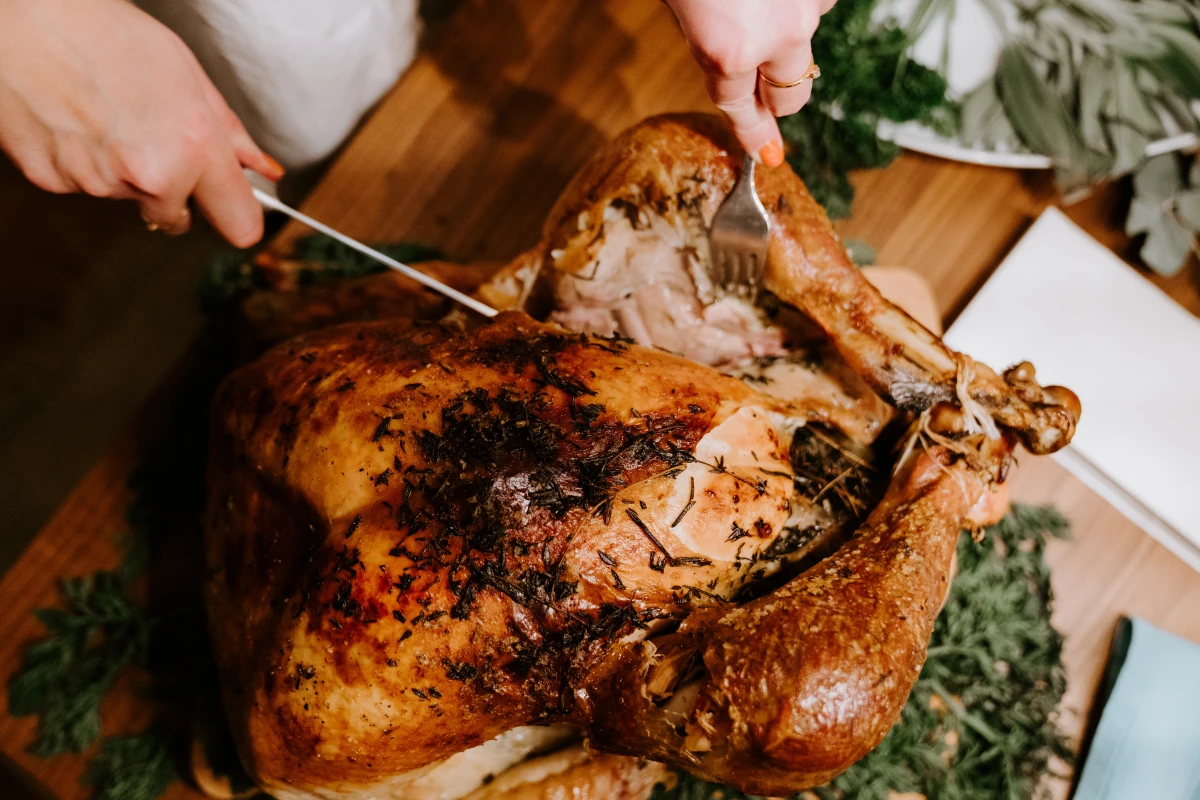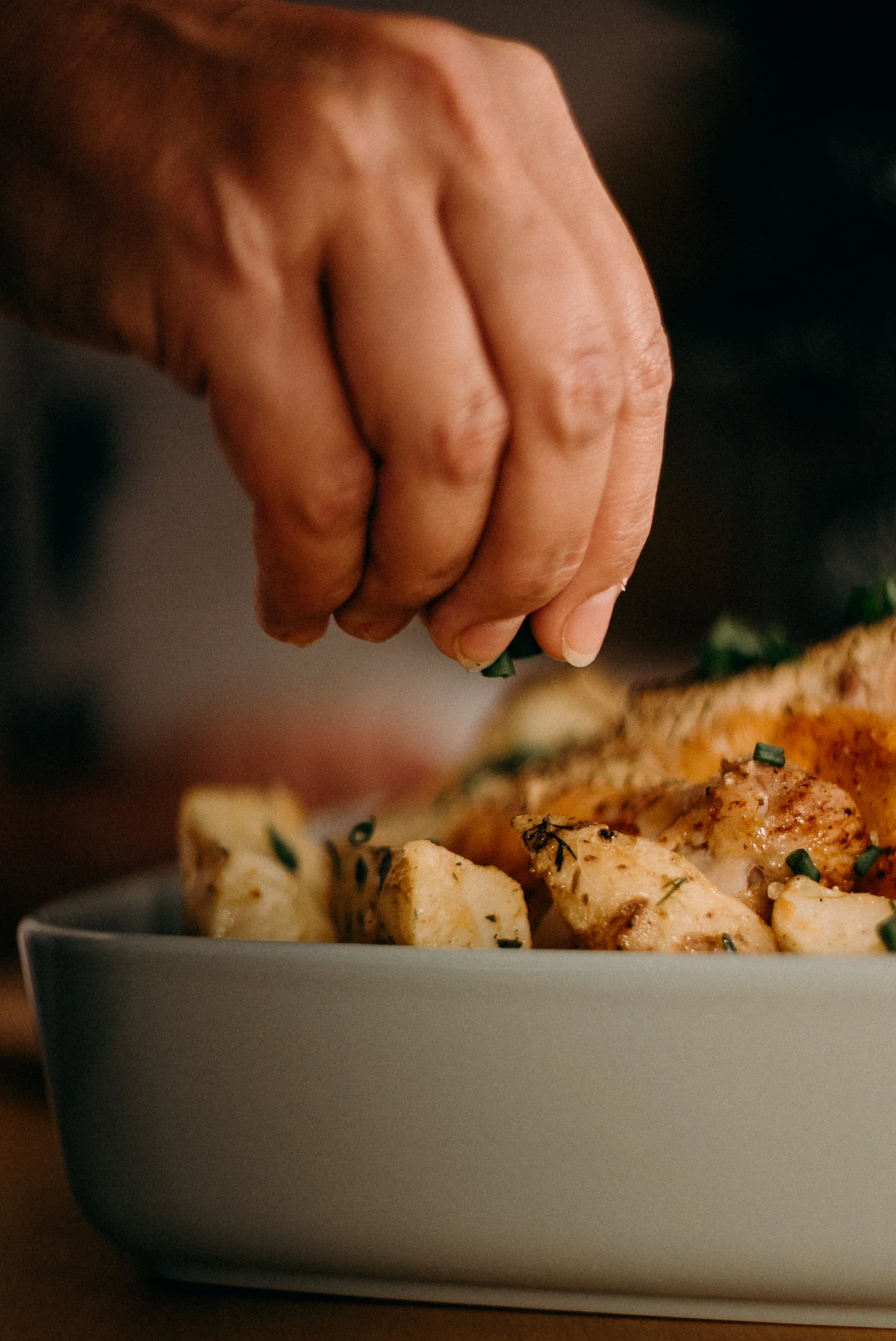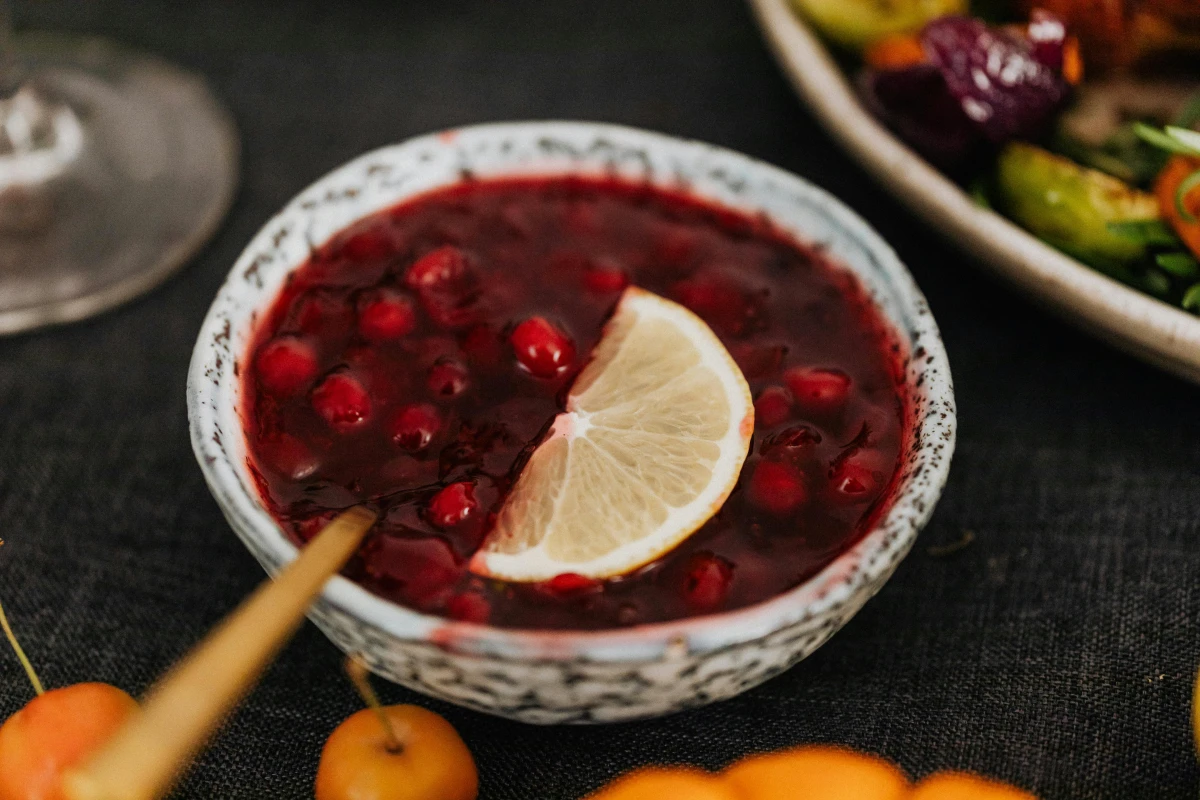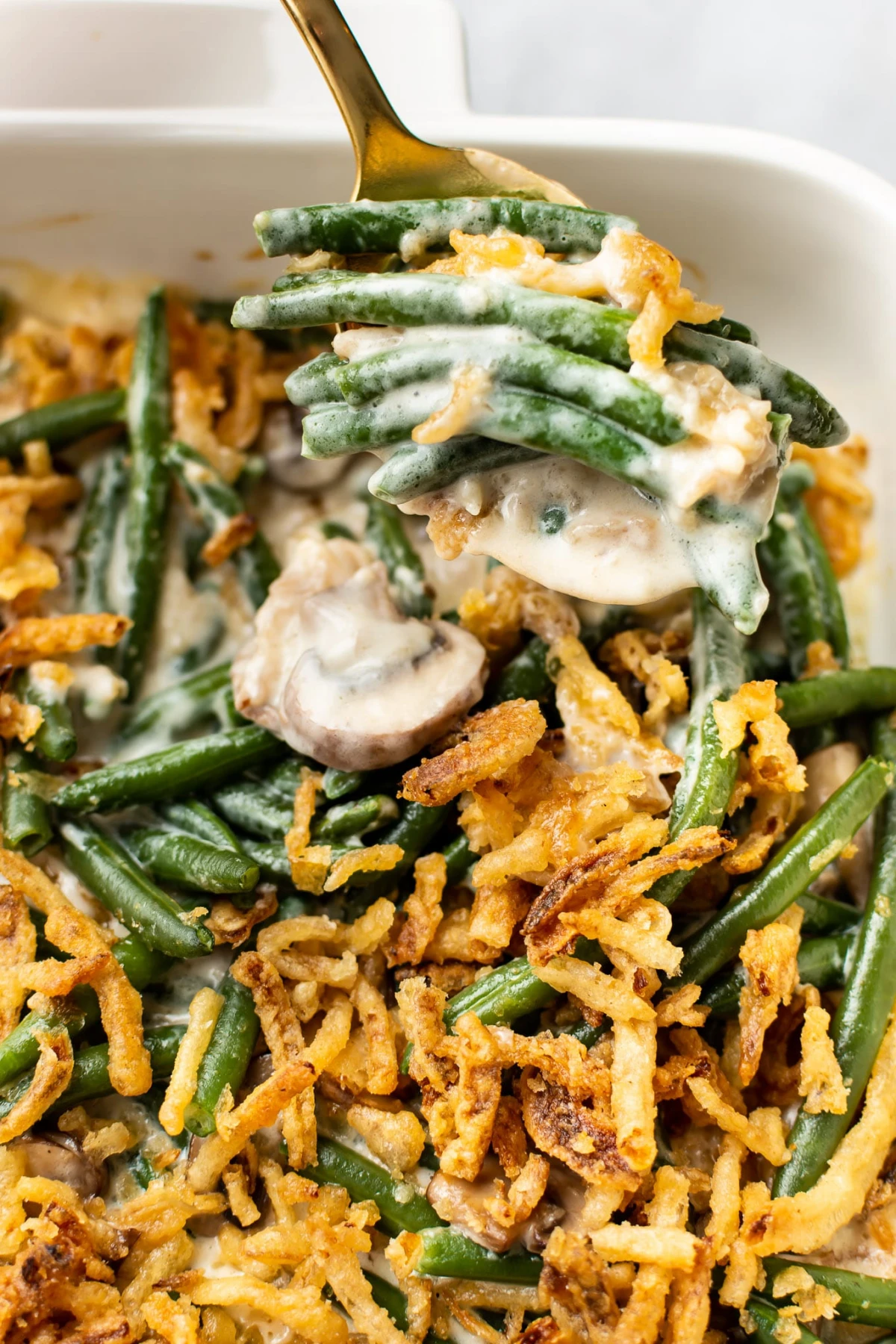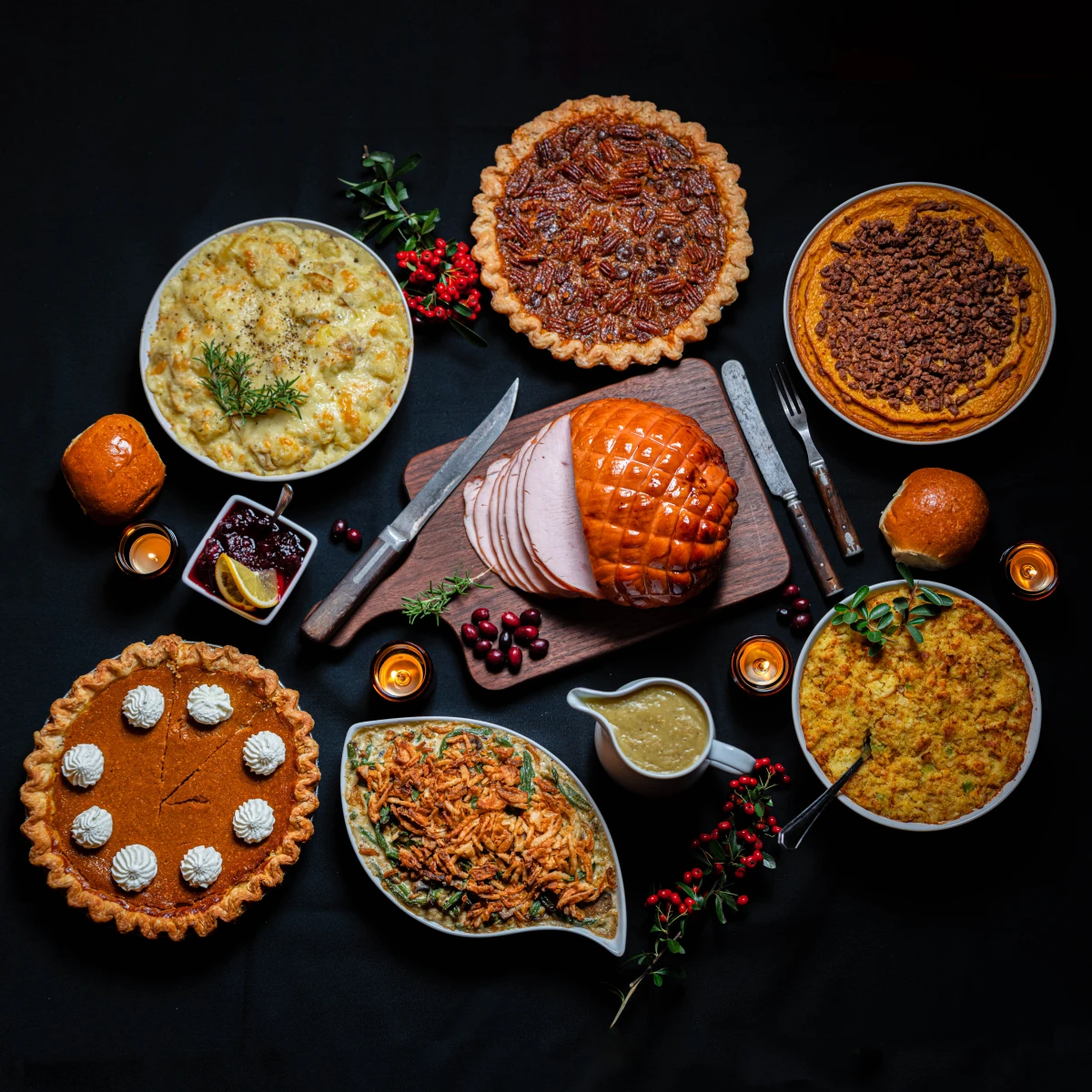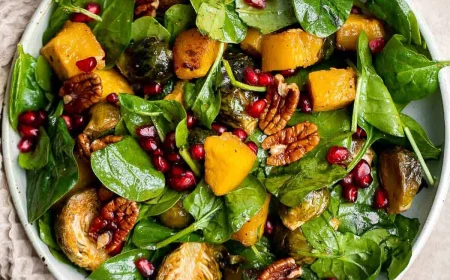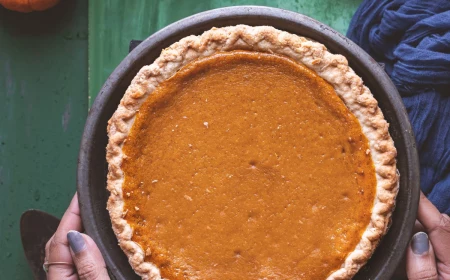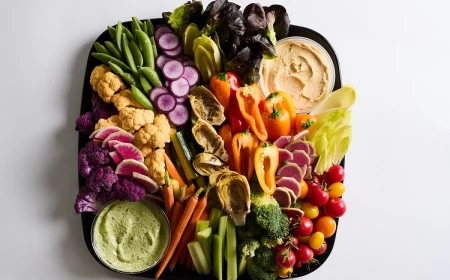The Interesting History Of Thanksgiving Food: 5 Colonial-Inspired Dishes
Thanksgiving: a day synonymous with gratitude, family, and, of course, food. But while we all look forward to that tasty turkey and the sweet aroma of pumpkin pie, have you ever paused mid-bite and wondered, “How did all these delicious dishes become staples of today’s holiday?” Well, if you have, then come with us and let’s embark on a journey of culinary time travel, so we can unravel the fascinating history behind some of our favorite Thanksgiving dishes. Today, we will learn all about our beloved Thanksgiving feast and the interesting history behind Thanksgiving food. Oh, and spoiler alert: it’s as rich and layered as your grandma’s famous stuffing!
How did all these delicious dishes become staples of today’s holiday?
In this article
The history of Thanksgiving food
The Thanksgiving we know today, the one established in 1863, is a far cry from the modest 1621 feast shared by Pilgrims and Native Americans. It took more than two centuries after the Mayflower’s landing for this holiday to become a national celebration. Even the beloved pumpkin pie didn’t grace American tables until the 19th century’s turn. Who knew? So, here’s a peek into the fascinating history behind some of your Thanksgiving favorites.
The Thanksgiving we know today is a far cry from the modest 1621 feast
Turkey centerpiece
While the turkey is now synonymous with Thanksgiving, its role in the first feast was likely less prominent. The early Thanksgiving menu was diverse, featuring an array of meats like venison, waterfowl, duck, and eel, indicative of the settlers’ reliance on available game and local resources. The turkey’s rise to prominence was a gradual process, influenced by its practicality for large gatherings and its symbolic representation of the New World. By the 19th century, the turkey had become the centerpiece, a tradition that continues to define the holiday. Today, the ritual of carving the turkey is an iconic moment, symbolizing abundance, tradition, and the spirit of the holiday.
The turkey’s rise to prominence was a gradual process
Stuffing
Stuffing has transformed remarkably from its humble beginnings. Early versions, made by the Pilgrims, were likely simple concoctions of herbs and nuts, meant to add flavor to the roasted game. As settlers adapted to their new environment, stuffing evolved, incorporating ingredients like bread, vegetables, and eventually, more luxurious items like oysters and sausage. Today’s stuffing is a testament to American diversity and culinary innovation, with each region and family boasting their unique recipe. Whether it’s cornbread stuffing in the South or a more traditional breadcrumb version in the Northeast, stuffing is a dish that tells a story of cultural melding and gastronomic creativity.
Today’s stuffing is a testament to American diversity
Cranberry sauce
The journey of cranberry sauce from a simple, tart berry to the sweet and vibrant condiment is a reflection of America’s culinary evolution. Native Americans used cranberries for their versatility, but it wasn’t until settlers began experimenting with sugar that cranberry sauce began to resemble the sweet, tangy version we know today. The popularization of canned cranberry sauce, particularly the jellied variety introduced by Ocean Spray in the mid-20th century, marked a significant shift in how this fruit was consumed. This convenience product not only transformed the cranberry industry but also solidified cranberry sauce’s place on the Thanksgiving table as a beloved, if sometimes polarizing, staple.
Native Americans used cranberries for their versatility
Green bean casserole
Green Bean Casserole, a relatively modern addition to the Thanksgiving table, emerged in the mid-20th century. Created in 1955 by the Campbell Soup Company as a way to utilize two common pantry items – canned green beans and cream of mushroom soup – this dish quickly became a holiday favorite. Its creamy texture, combined with the crunch of fried onions, offers a comforting counterpoint to the other traditional dishes. Its popularity reflects the post-war American ethos, highlighting convenience, canned goods, and the rise of modern home cooking. Today, it stands as a nostalgic reminder of mid-century American cuisine and its impact on contemporary holiday traditions.
This dish quickly became a holiday favorite
Pumpkin pie
Pumpkin pie, now a quintessential Thanksgiving dessert, has undergone a significant transformation. The early settlers, with limited resources, used hollowed-out pumpkins filled with a mixture of milk, honey, and spices, baked directly in the coals. This rustic preparation laid the groundwork for the sweet, spiced pie we cherish today. The pie’s evolution into a creamy, custard-filled treat, spiced with cinnamon and nutmeg, became particularly pronounced in the 19th century. This transformation reflects both the influence of British culinary traditions and the adaptability of American home cooks, who embraced and refined the recipe to create a symbol of the holiday season.
Pumpkin pie is now a quintessential Thanksgiving dessert
Whether you’re toasting with a glass of cider or wrestling with the wishbone, Thanksgiving is about more than just the food. It’s about the stories, the laughter, and the memories made around the table. So, while you enjoy your Thanksgiving feast this year, make sure to take a moment to appreciate the history on your plate and the company around your table.
Thanksgiving is about more than just the food


